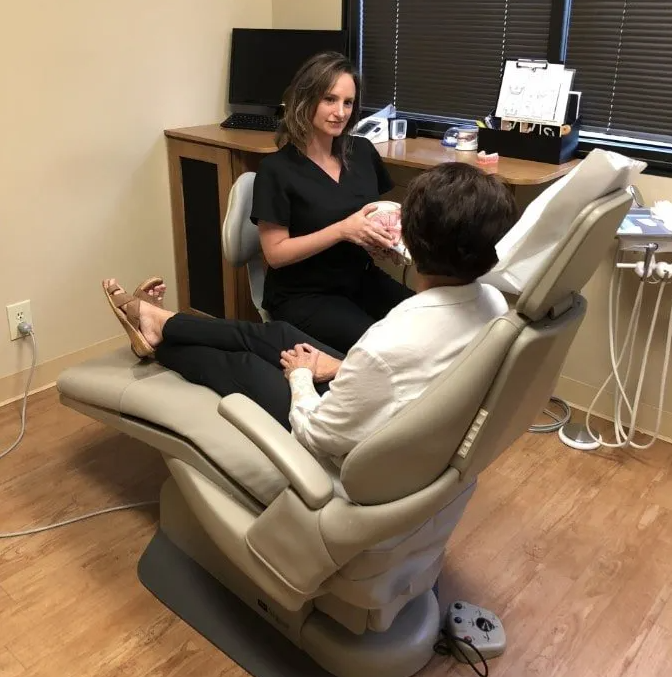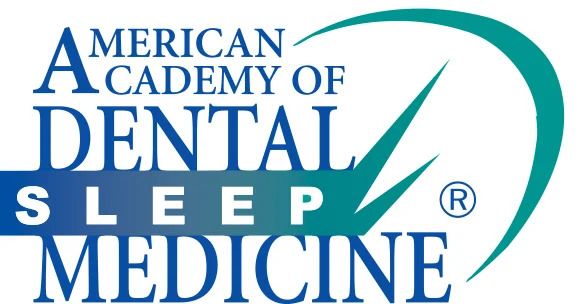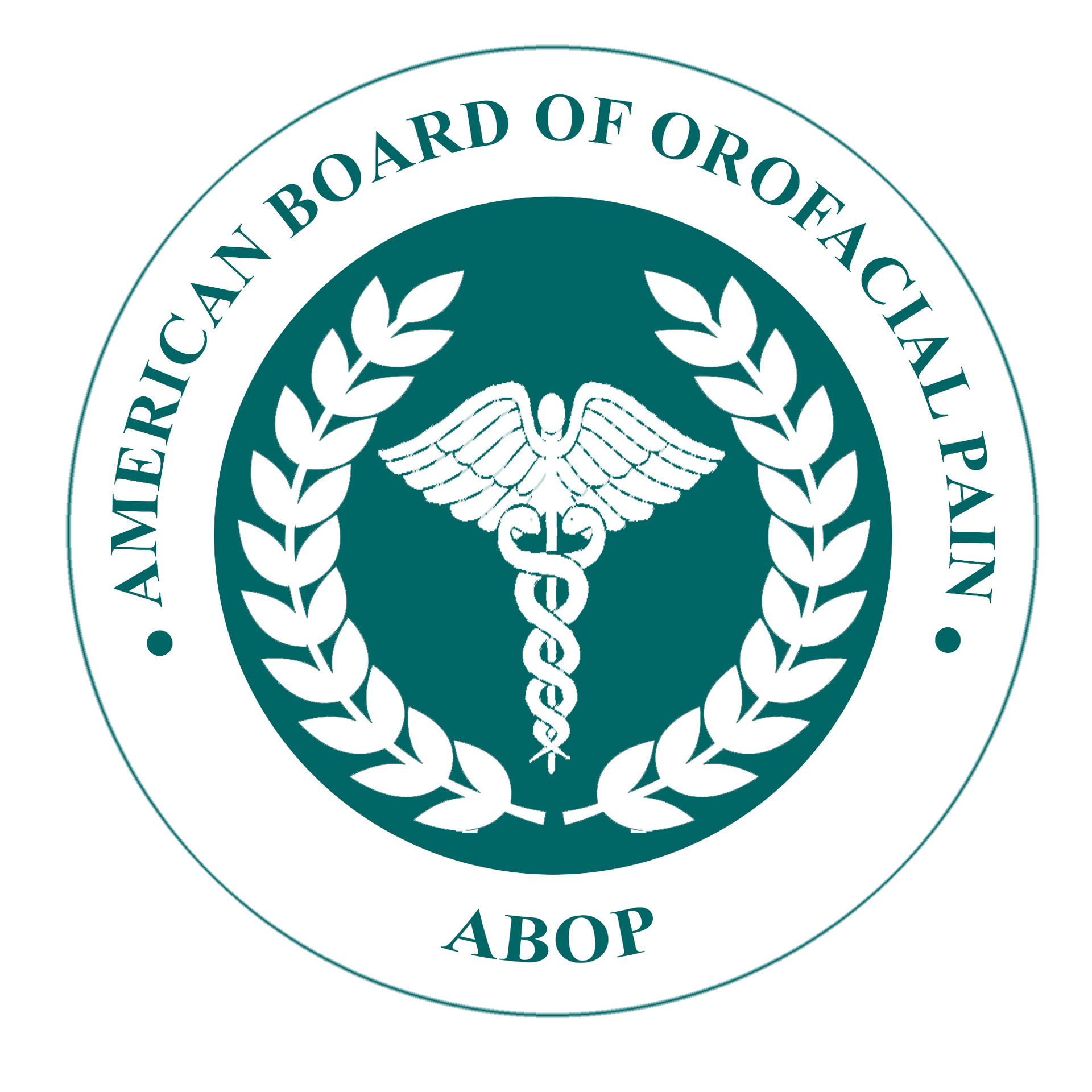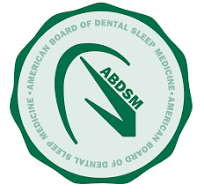TMJ Treatment In The Woodlands, TX
How We Treat TMJ Disorder - Dental Splint Therapy
What Sets Our Treatments Apart?
- Dr. Phillips holds a Master’s degree in orofacial pain treatment and is a patient-focused TMD specialist with over 11 years of experience. At Restore TMJ and Sleep Therapy, we always put patients first and all of our treatments are proven and research-based.
- Dr. Phillips does not practice general dentistry. She focuses her treatments exclusively on TMDs and obstructive sleep apnea. This focus has allowed her to acquire the specialized knowledge, skills, and experience that make her the go-to referral source for over 300 Physicians and Dentists in the Houston area.
- The use of splint therapy is an effective, proven, research-based alternative to other more invasive treatments.
Happy Patients
"Made me feel like they truly cared about my well being"
I can highly recommend Dr Phillips and her wonderful staff. They made the office visit so pleasant and made me feel like they truly cared about my well being. The service they provide is so specialized and we are so lucky to have them near my neighborhood. TMJ has been my issue for many years and thanks to Dr Prehn and now Dr Phillips and this great staff, it has become a very manageable issue. Again, I would highly recommend them...it can be a life changing solution.
- Reba Brantley Strickland
"It has been years since I haven't experienced having a morning headache."
“Dr. Phillips and the whole team took excellent care of me -- from setting appointments and follow-ups, diagnosis and treatment. I was treated with compassion and courtesy. Dr. Phillips and her staff spent a great deal of time with me to understand my history and symptoms, perform a comprehensive exam and imaging, and provide a detailed diagnosis and treatment plan. And it worked! The first night I slept with my appliance the next morning I did not have a headache. It has been years since I haven't experienced having a morning headache. Totally worthwhile doctors visit. Terrific experience. Highly recommend.”
- Lydia Hall
What You Can do to Relieve TMJ Pain at Home
- Take over the counter anti-inflammatory pain relief medication to relieve muscle soreness and headaches.
- Avoid eating hard or crunchy foods during flare-ups.
- Massage the TMJ and surrounding muscles.
- Alternate a cold and moist heat compress to alleviate joint pain.
- Practice resting with your lips together and teeth apart, where the TMJ is not fully engaged.
Answering Your Treatment Related FAQs
Contact Us For a TMJ Treatment Consultation
Are you experiencing chronic jaw pain, headaches, or broken teeth? You may have undiagnosed TMJ disorder. Contact our practice in The Woodlands to schedule a consultation to learn more about how we can help. With a board certification in orofacial pain and experience treating thousands of TMJ disorder sufferers, Dr. Phillips is one of the most experienced TMJ disorder specialists in the greater Houston area.
-2700x842-1920w.png)










